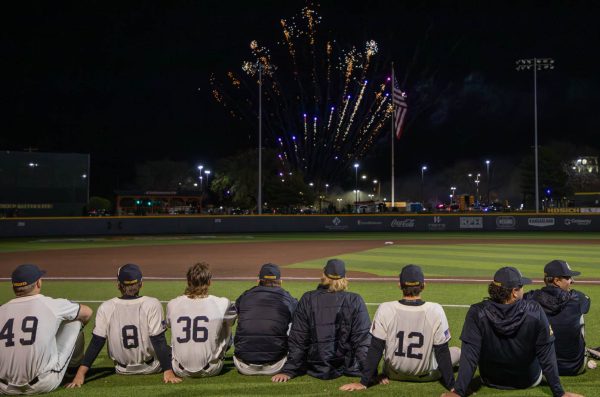“Sully” flounders at justifying its existence
Going into Clint Eastwood’s “Sully,” I couldn’t help but wonder if this film was necessary.
With all the videos and information available about U.S. Airways Flight 1549, it seemed like a cheap Hollywood tie-in to an already well-publicized, relatively recent event.
With that thought lingering, I ended up being impressed by parts of the film. Tom Hanks’ lead as grey-haired, mustachioed Chesley “Sully” Sullenberger is solid, as is Aaron Eckhart as Jeff Skiles. The supporting cast delivers as well, but the focus is, obviously, on Hanks.
The film opens up with a weak dream-sequence. Sully sees himself as the pilot on Flight 1549 again, but instead of landing in the Hudson, he crashes into a building. The CGI is apparent, leaving me believing the rest of the flight sequences would be equally unreal. Thankfully, they are not (aside from a later, near-identical imagined crash sequence).
From there, the film puts a large focus on Sully after the event, detailing his encounters with the media and his questioning by the National Transportation Safety Board, which argues that Sully should have turned around and landed at the airport instead of risking a water landing.
These sections of the film aren’t exciting. People are here to see the crash, but as it was a 208-second sequence, the film had to do some padding. These scenes outside of the crash and its aftermath really reiterate the fact that there isn’t all that much material to work with.
But when we are treated to the crash (which is pictured multiple times), the film shines. Sully and Skiles’ calmness as they get on the intercom and tell the passengers to brace for impact and their immediate panicked reactions is gripping, as is the flight attendants’ chanting of “heads down, brace for impact.”
It draws viewers into the crash, building suspense and making us briefly forget how it ends. It does a great job, as the passengers make their way out of the submerged plane, of portraying the unity of all 155 onboard.
It’s these moments where the film makes a case for itself. In my opinion, no one is here to debate whether or not Sully should have turned around to the airport. This debate is the film’s main focus, as the film culminates in a simulated flight that shows how Sully’s decision was the right one.
Really? The climax is a simulated flight, not the actual crash? It seems silly that a fabricated scenario would try to be the most suspenseful sequence of the film.
As mentioned, the film still manages to be gripping through Hanks’ performance (he does the unexpected hero thing pretty well) and through the sequences in the plane.
By the end of the film, I had almost rid myself of all thoughts of this being a cheap Hollywood cash-in. Almost.

Andrew Linnabary was the 2018-2019 Digital Managing Editor of The Sunflower. He studied journalism and minored in English. Linnabary is from Wichita, Kansas.







